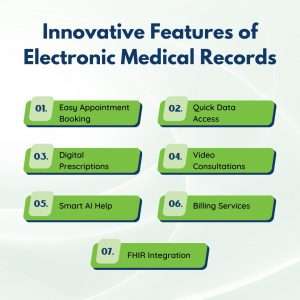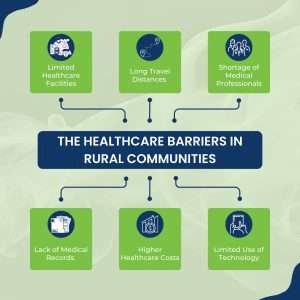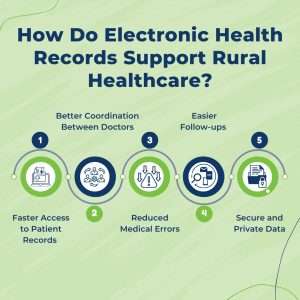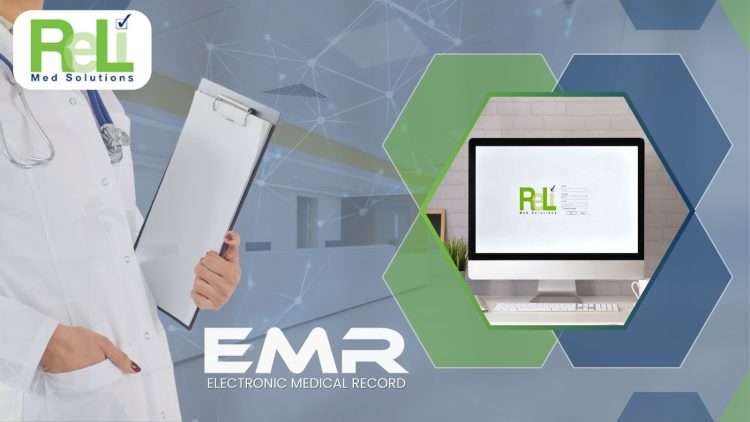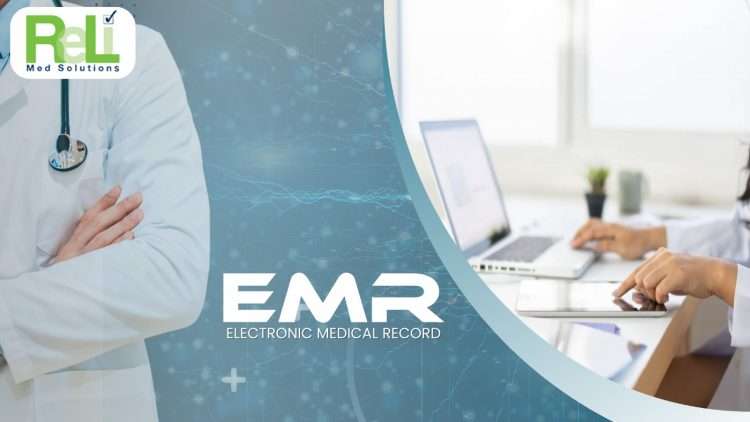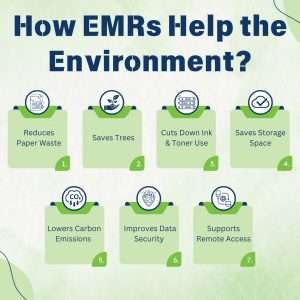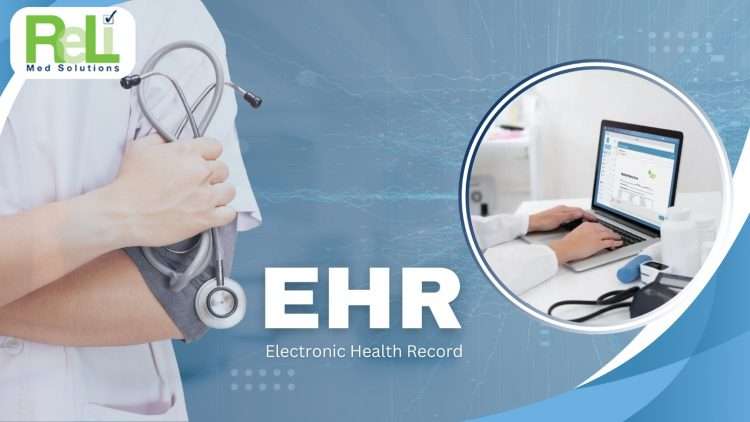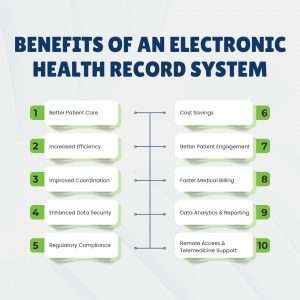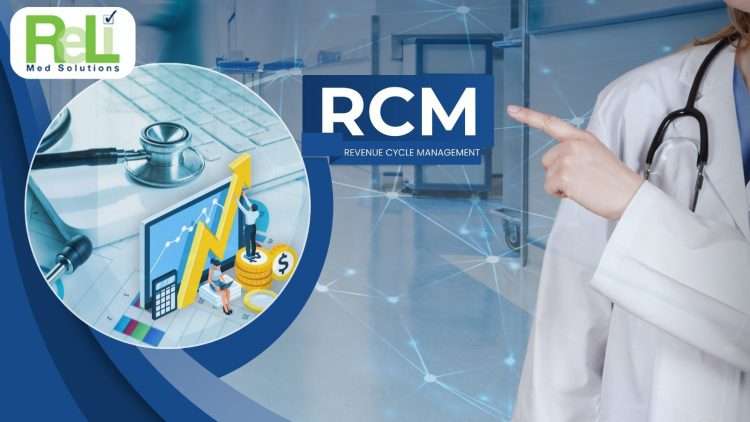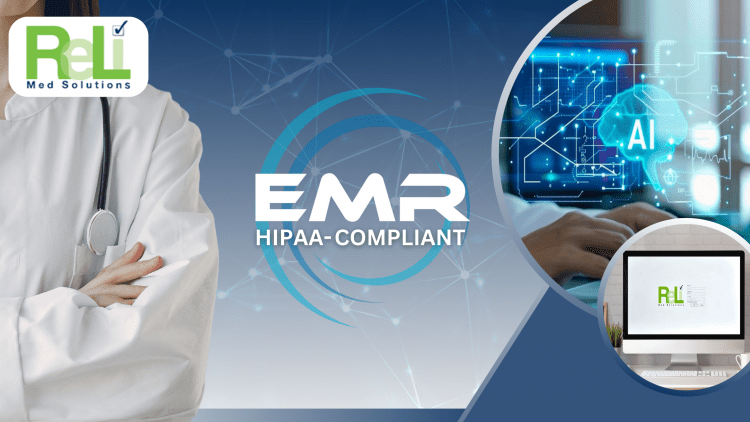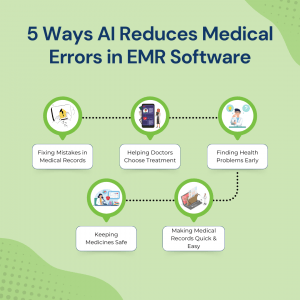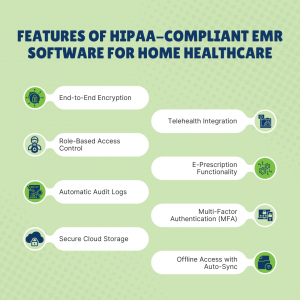RCM: Reduces mistakes and makes payments better for hospitals and clinics
RCM helps hospitals and clinics handle medical billing & payments. It makes sure hospitals receive payments on time without mistakes. Because of this, doctors and staff can focus on patient care instead of financial problems. If a hospital does not use billing services, they may face late payments and billing errors. Also, patients may get incorrect bills, which can confuse them. So, using RCM helps hospitals work smoothly and avoid payment issues. It also improves the patient experience by giving clear and correct bills.
Work Process of RCM
RCM follows a simple step-by-step process. This ensures hospitals get the right payments and keep their money. Below are the main steps of RCM:

- Patient Registration – The hospital collects patient details like name, phone number, and insurance details. Medical Records save this
- Insurance Check – The system checks if the patient’s insurance covers the treatment. If there is an issue, the hospital informs the patient before the treatment starts.
- Recording Charges – The hospital keeps a record of all medical services. This includes doctor visits, tests, medicines, and procedures. Because of this, hospitals can prepare the right medical billing report.
- Sending Claims – The hospital sends the bill to the insurance company for payment. Also, if the details are correct, the company approves the claim quickly.
- Getting Payments – After approval, the hospital receives payment from the insurance company. The system records this in billing services.
- Fixing Denied Claims – If an insurance company rejects a claim, the hospital can correct the errors and send it again.
- Final Bill for Patient – The hospital prepares the final bill and tells the patient the remaining amount to pay.
Because of these steps, hospitals can manage their money properly. Also, this process reduces mistakes and saves time.
Why Hospitals and Clinics Use RCM?
Hospitals and clinics use RCM because it makes payments simple. Also, it helps them avoid mistakes in medical billing. If hospitals use RCM, they can process payments faster. Because of this, they get paid on time without waiting too long. More reason is that RCM helps hospitals avoid money loss. If payments come on time, hospitals can run their services smoothly. Also, it helps doctors and nurses focus on treating patients instead of handling payments. Electronic Health Records also help hospitals work better. If patient data is stored digitally, doctors can easily find medical history. So, using RCM and digital tools together makes hospital work faster and easier.
Types of Software You Should Use in Healthcare
Hospitals and clinics need the right software to manage patient data and payments. If they use the right tools, they can avoid errors and work better. Below are the best software options:
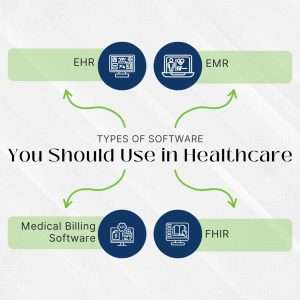
- EHR – This software stores all patient details in one place. Because of this, doctors can check past treatments and test results easily. Also, it improves patient care.
- EMR – This is similar to EHR, but it is mainly used in one hospital or clinic. Also, it helps in keeping medical records organized.
- Medical Billing Software – This software helps hospitals handle payments and insurance claims. If hospitals use this, they can make billing services more accurate and fast.
- FHIR – This system allows hospitals to share medical data safely. Because of this, different hospitals can work together to improve care.
ReLi Med Solutions a trusted company that provides EHR, EMR, RCM, and medical billing solutions. If hospitals use ReLi Med Solutions, they get advanced tools that help in managing patient records and payments easily. So, using these software options makes health care better and reduces errors. Also, hospitals can save time and provide better services.
Q: Why should hospitals and clinics use EHR, EMR, and billing software?
A: These software solutions help hospitals in many ways. They help in organizing medical records, so all patient details are stored safely. Also, they reduce paperwork, which makes hospital work easier. Medical Billing software ensures that payments and claim processes are done correctly. Because of this, hospitals do not lose money due to mistakes. Also, with the use of billing services, hospitals can collect payments on time and avoid confusion. So, these software solutions boost hospital work and financial management.
Conclusion
Handling payments in hospitals can be hard if there is no proper system. That’s why RCM helps hospitals prevent mistakes and receive payments faster. Also, it makes sure all payments and insurance claims are correct. If hospitals use electronic health records and medical billing software, they can store patient data safely. Also, using digital records makes it easy for doctors to find patient history.
Because of this, hospitals can give better care to their patients. If you need the best RCM and billing services, ReLi Med Solutions is the right choice. They provide excellent EHR, EMR, and medical billing software. So, if you want to manage payments better and avoid mistakes, choose ReLi Med Solutions today!



